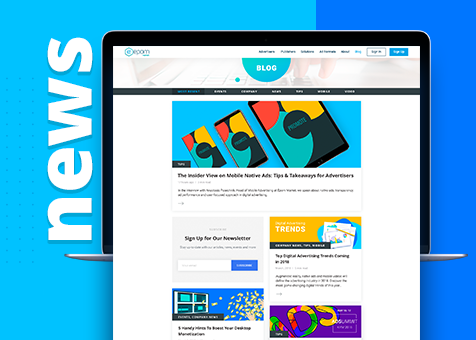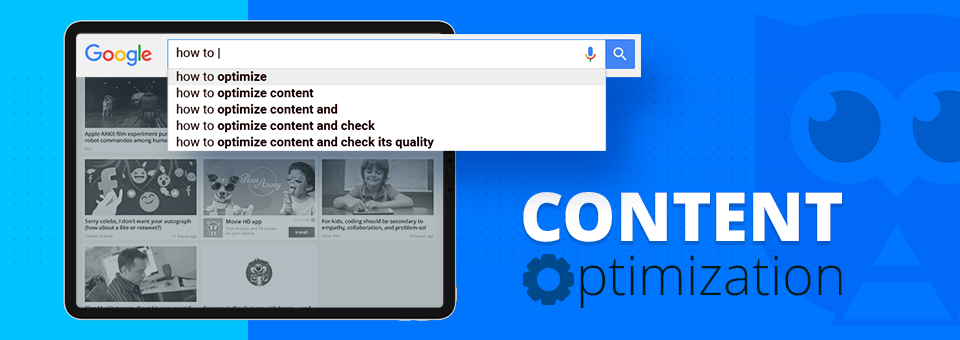
A Simple Guide to Measuring Incremental Revenue
Incremental revenue is a powerful instrument for decision-making in digital marketing. It is easy to measure and intuitive, as it links particular decisions to actual revenue. Moreover, incremental revenue growth is a strong indicator of campaign success. These features make it invaluable for marketers who need to optimize their budgets by focusing on result oriented tactics and channels.
Incremental Revenue: the Meaning behind the Term
Marketers define incremental revenue as extra revenue generated by a specific campaign or channel (eg. desktop ads). In other words, it is the revenue a company wouldn't have earned without a particular marketing effort.
A retargeting campaign can serve as a good example of this kind of effort. Online stores often retarget shopping cart abandoners and try to convert them into customers. The revenue acquired from these retargeted users adds to the money brought by the site's existing customers, which means this revenue is incremental.
Retargeting campaigns often show better conversion rates than regular ones: retargeted users are 70% more likely to finish the sign-up process. Interestingly enough, using website chatbots instead of forms for retargeting boosts conversion rate by additional 10-100%, usually increasing profit gain even more.
The revenue acquired from these retargeted users adds to the money brought by the site's existing customers, which means this revenue is incremental.
Incremental Revenue Analysis and Measurement
Let's take a closer look at the example above. The retargeting campaign will be successful only if it generates enough revenue to cover its own cost. Consequently, the company needs to estimate the expected income and expenses before making a decision to launch the campaign. This raises the need for a preliminary analysis of incremental revenue and incremental cost.
Preliminary Evaluation of Incremental Revenue and Incremental Cost
Incremental cost is the added cost associated with a particular marketing effort. In the example with retargeting, this term encompasses the total expenses for the campaign. In most cases, the approximate sum of these expenses is known before the launch of the campaign. On the other hand, forecasting incremental revenue is a more complicated task.
To forecast the approximate amount of incremental revenue, use the average current revenue from a single converted customer. Dividing incremental cost by this figure will show how many retargeted users you need to convert in order for the campaign's incremental revenue to exceed the incremental cost. You can also match incremental cost against your actual revenue to see if you can afford investing into this new campaign.
Read also: Top digital advertising trends for 2018-2019
Measuring Incremental Revenue in Real-Time
Evaluation of incremental revenue and incremental cost can help you decide whether you should launch a campaign in the first place. However, it makes even more sense to use these metrics for your ongoing marketing activities. Measuring incremental revenue in real time will help you prioritize between your marketing campaigns and channels. Controlled experiments provide an optimal framework for such measurement.
Most experiments of this kind come down to splitting the audience into two segments for a limited period of time. The typical practice is to expose one of these segments to the campaign. This segment becomes the test group, while the other one becomes the control group. In the case of retargeting, there are two ways to divide the audience:
- as new users land on your site, with the test group seeing retargeting ads and the control group seeing no ads;
- at the point of ad serving, with test group seeing retargeting ads and control group seeing unrelated creatives (e.g. charity ads).
Keep in mind that in both cases you should divide the audience at random and retarget only a part of your test group. This includes the shopping cart abandoners whose buyer personas suit your product. Another recommendation is to assign more traffic to the test group: for some large campaigns the test group will get up to 90% of site visitors.
To determine an optimal experiment duration, find out how long it takes an average user to convert after landing on your site. Your test should last long enough for at least one such conversion cycle to occur. Yet, you will acquire more meaningful data by increasing the experiment length to two or more cycles.
The Advantages of Incremental Revenue
Incremental revenue provides direct proof of return on ad spending (ROAS), which makes it a must-have tool for digital marketers. This metric is particularly useful when it comes to display and email advertising, as well as other direct marketing channels. It helps you track the performance of a campaign as a whole. For this reason, incremental revenue has great potential for multi-channel marketing where you need to see the whole picture, rather than concentrate on separate touchpoints.
Feel inspired?
We'd love to hear from you


